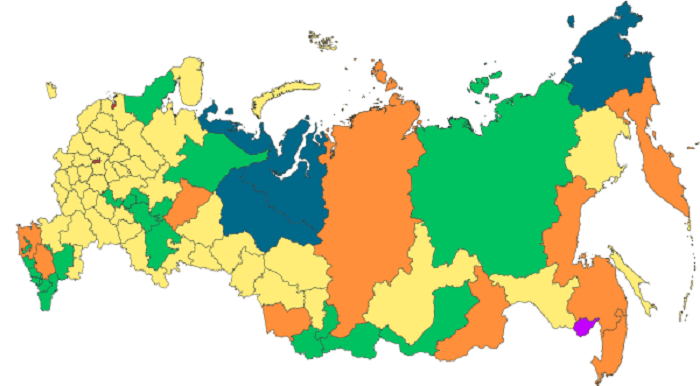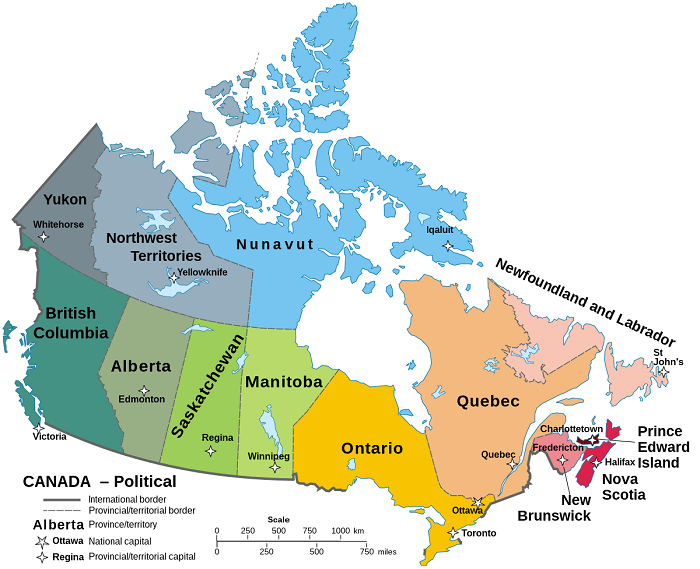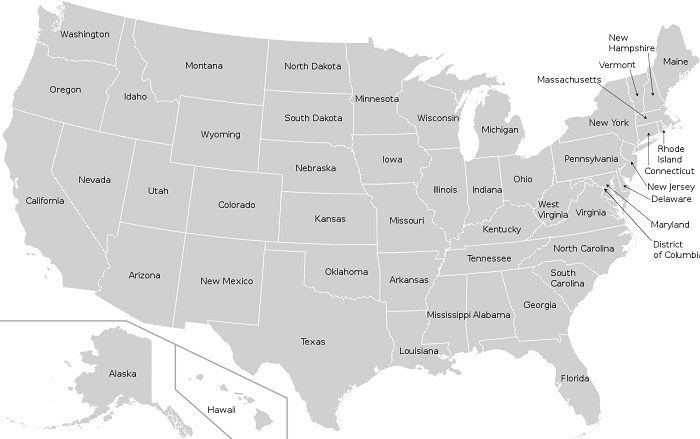Top 10 Largest Countries in the World by Area
When it comes to the vast expanse of land, some countries stand out as giants on the global stage. Here’s a closer look at the top 10 countries based on their land area:
- Russia

- Geography: Situated in Eastern Europe and Northern Asia, Russia holds the title of the largest country globally, covering a staggering 6,612,100 square miles (17,098,246 square kilometers).
- Culture and History: Boasting a rich history dating back to the 10th century, Russia is a semi-presidential republic with Moscow as its capital.
- Canada

- Geography: Canada, the second-largest country, spans 3,855,103 square miles (9,984,670 square kilometers).
- History and Diversity: Colonized by the French and British in the 1600s, Canada became an independent nation in 1867. Known for its parliamentary democracy, bilingualism (English and French), and diverse landscapes, it’s a country with a rich cultural history.
- United States

- Geography: Covering over 3.8 million square miles, the United States ranks third in land area.
- Cultural Tapestry: Established in 1776, the U.S. has a dynamic history shaped by events like the Civil War and the Great Depression. Today, it’s a federal republic with a population exceeding 330 million.
- China
- Geography: China, the fourth-largest country, extends over 3.7 million square miles.
- Historical Roots: With a history dating back to 221 BC, China has undergone significant changes, including the Cultural Revolution. Now a socialist republic, it holds the position of the world’s second-largest economy.
- Brazil
- Geography: Nestled in South America, Brazil covers 3,287,595 square miles.
- Colonial Past: Once colonized by the Portuguese in the 1500s, Brazil gained independence in 1822. Today, it stands as a presidential republic with Brasília as its capital.
- Australia
- Geography: The sixth-largest country globally, Australia spans 2.97 million square miles.
- Diverse Landscape: From the desert in the center to tropical rainforests and alpine regions, Australia’s landscapes are as diverse as its people.
- India
- Geography: India, the seventh-largest country, covers about 1.27 million square miles.
- Historical Significance: With a history dating back to the 4th century B.C., India became a federal parliamentary republic in 1947. Known for its diverse culture and vibrant cuisine, it’s the world’s second most populous nation.
- Argentina
- Geography: Argentina, the eighth-largest nation, spans over 1.1 million square miles.
- Cultural Fusion: With a rich history influenced by indigenous peoples, Spanish, and British, Argentina is a federal presidential republic with Buenos Aires as its capital.
- Kazakhstan
- Geography: Kazakhstan, the ninth-largest country, spans more than a million square miles.
- Economic Landscape: Focused on oil and gas exports, Kazakhstan’s society reflects a fusion of eastern and western traditions.
- Algeria
- Geography: Algeria, the tenth-largest country, covers about 919,595 square miles.
- Ancient Heritage: Colonized by the French in the 1800s, Algeria boasts a rich history dating back to ancient times, marked by commerce and Islamic learning.
These top 10 countries showcase not only vast geographical expanses but also diverse histories, cultures, and economic landscapes. Each contributes uniquely to the global tapestry of nations.
